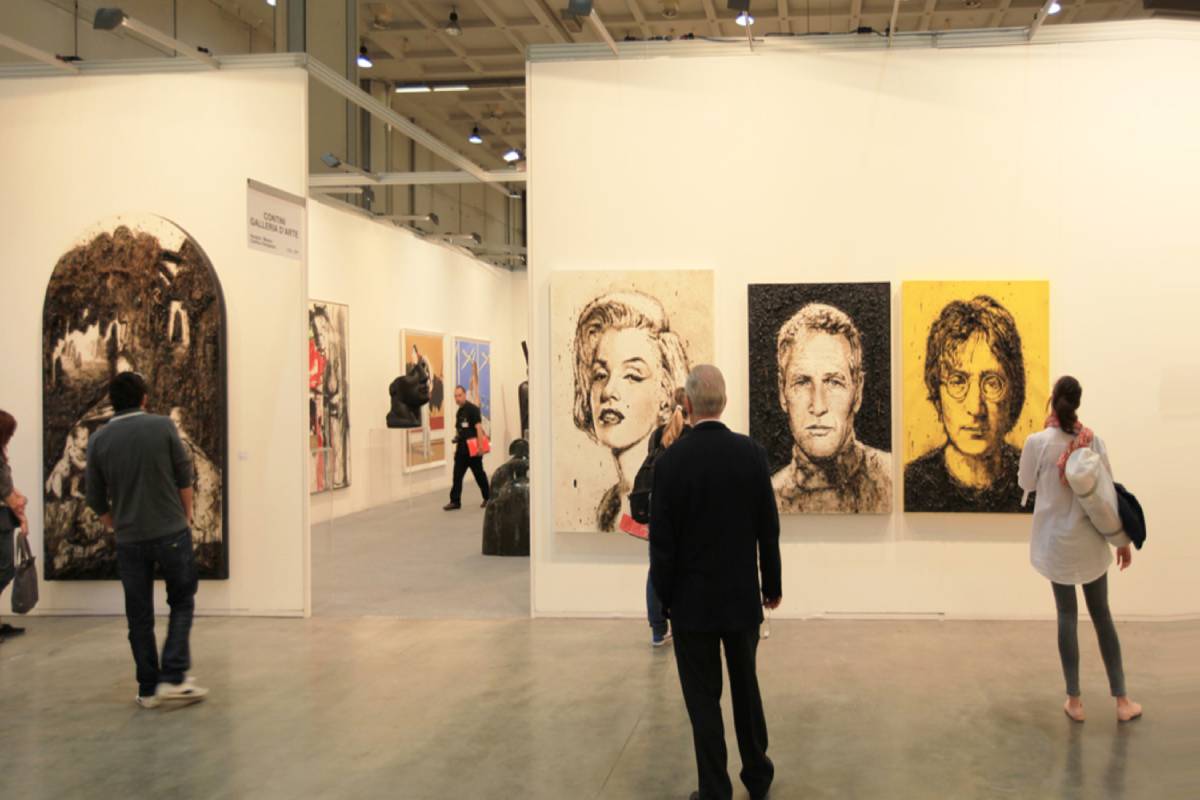Table of Contents
Invest in Art
Invest in Art is a pleasure investment. It is clearly an investment by enthusiasts.
Indeed, it brings you nothing on a daily basis; it is only financially interesting at the time of resale if you make a capital gain.
Since the 2000s, the art market has been doing better than the stock market indices
Investing in Art can be an attractive investment. Indeed, the price of works traded during public sales increased by 91% between 2000 and 2016.
1. Invest in unique pieces
- Prints and photographs are the right choices if you are looking for artworks at affordable prices.
- But if you are looking for an investment, you should instead choose unique pieces.
- Make sure that the artist’s signature or a certificate of authenticity is present.
2. Beware of fashions
- There are fashions and trends, it is with Art, like the rest. But don’t be fooled.
- The best artists don’t follow fashions.
- Building a career takes time, so the best artists take their time.
- Trendy works of Art may seem like a good investment to you, but they are unlikely to pass the centuries.
Invest sufficiently in Art?
Investing in a work of Art can earn you more money than any other financial investment.
However, there are some things you should monitor in order not to lose your money.
Buy only from professionals: this will allow you to acquire quality work and be sure of the work’s value and authenticity.
Forget stocks, real estate, or even gold! Investing in Art is extra fun and lucrative if you know how to do it.
At first, it may appear not very easy for you because the value of Art’s work contains an element of subjectivity.
Unlike a business, for example, there is no financial data to measure the exact value of Art’s work.
But if you do it correctly, you can make money in the long run.
How to Invest in Art?
1. Define your financial means and set a budget
- If buying a work of Art is often heartfelt, it is never forbidden to fall for a painting or a sculpture that dazzles you.
- It is nevertheless necessary to take stock of the financial means at your disposal.
- Before you start investing in Art, it is essential to set a maximum amount to direct your research towards works under this budget.
2. Buying Art from a small start
- Know that this is not prohibitive at all if your means are limited. You don’t have to have millions to invest in Art.
- On the contrary, focus your attention on the original works of artists. You must instead focus on making for a few hundred or thousands.
- Thus, start to build up a small collection from paintings or sculptures, photographs, drawings, prints, engravings, or lithographs.
3. Sharpen your gaze and gain experience
- Depending on your interests, start by attending museums, exhibitions, and contemporary art fairs.
- Also, read trade magazines to sharpen your gaze.
- Quickly, you will benefit from a better knowledge of aesthetic models and different artistic techniques that will allow you to refine your tastes.
- Later, you will adequately master several subjects or currents, and you will become unbeatable on the influence of that artist in the sphere of the art market.
- Knowing how to buy a work of art is, above all, a question of education.
4. Trust your appreciation and instinct
- Investing in Art should never be seen as a necessity or a burden.
- It is a question of pleasure and a matter of taste. Guide yourself by your eyes and listen to your heart. Let yourself be lulled by your emotions.
- Buying a work of art is undoubtedly a significant investment, but the moment you become seduced by the creation of an artist, you are on the right track.
5. How to best determine the price of a work
- The art market is a sector of high price ranges, and it is sometimes tough to navigate.
- The main thing is to avoid getting trapped by excessive prices when purchasing the work of Art.
- In this case, your best allies will be the experience and expertise that are forged over time.
- More pragmatically, specific criteria must be taken into account: the size of the work, the technique used, the working time announced by the artist, etc.
6. Showcase your works
- Your collection grows, and investing in Art becomes a real passion. The enhancement phase of your works of art is necessary to give them even more relief and interest.
- Harmonize them, and do not forget either the possible finishes that will enhance your canvases or paintings.
- For example, a carefully chosen frame can only help give your works the place they deserve.
- A dedicated room in your home will be the most beautiful effect and constitute your small personal museum.
7. Maintain an exchange relationship with professionals or a gallery
- When you start to invest in Art, it is finally essential to develop a lasting relationship of trust with a gallery or a reliable intermediary who enjoys the right image.
- Many passionate professionals will be happy to monitor you and promote your efforts.
- You already know this, since you are used to browsing the Artistic site! Thank you for your loyalty!
How much should you invest in Art?
- With Masterworks, you don’t own or store the artwork.
- Instead, you and several other Investor write for us purchase shares in high-value works vetted by experts for authenticity.
- Undoubtedly an expert in contemporary art or a banker would evoke assets in the form of works of art.
- By hunting, scanning flea markets, auction rooms, and pushing them to artists’ studios and galleries.
- One can also start a collection of old designs inexpensively and by buying from famous artists.


